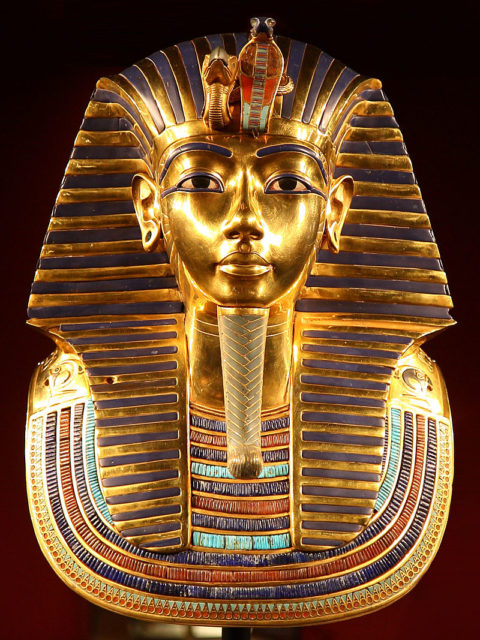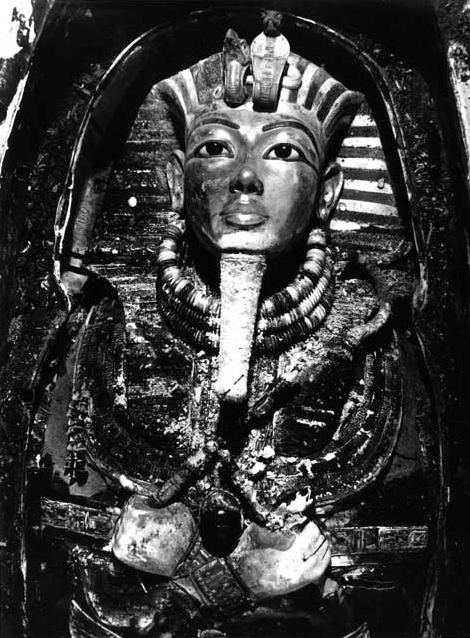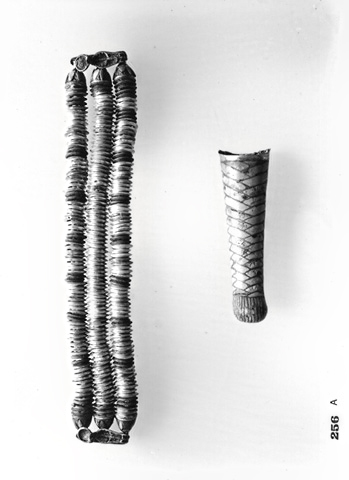The discovery of Tutankhamun’s tomb was one of the most significant archaeological finds of all time. Tutankhamun was an Egyptian pharaoh who ruled from ca. 1332 to 1323 BC and died under mysterious circumstances at the approximate age of 19. His tomb, officially named KV62, was discovered by the renowned archaeologist Howard Carter who had been financially backed by George Herbert, the 5th Earl of Carnarvon, to systematically explore the Valley of the Kings and locate Tutankhamun’s resting place.
The search for the tomb began in 1915, and it was finally located in November of 1922. Although the tomb had been robbed at least twice before it was discovered, Carter and his team were stunned when they found a total of 5,398 artifacts scattered across the four chambers. The collection of artifacts included a number of valuable items such as the giant statue of Anubis, numerous items made from precious metals, a meticulously designed alabaster jar, Tutankhamun’s intricate wooden chest, and a ritual dagger made from meteorite iron.
However, the most intriguing artifact of the entire tomb was discovered in 1925, three years after Carter and his team opened the door to the KV62. The excavation team finally managed to open the three innermost coffins within the outer golden shrine and reveal the mummified body of Tutankhamun within a sarcophagus of pure gold. The mummy was adorned with many funerary items, such as robes and braids, and a majestic golden funerary mask.

Before being discovered by Carter’s team, the mask had been hidden in the darkness of Tutankhamun’s sarcophagus for approximately 3,250 years. The face of the mask represents the young Tutankhamun: its expression is calm and placid, which symbolizes his peaceful transition into the afterlife. The mask is set with many gemstones, including obsidian, turquoise, quartz, and lapis lazuli. The golden head cloth bears the symbols of a cobra and a vulture, which represent the union of Lower and Upper Egypt under the rule of the pharaoh. Also, the back of the mask is adorned with a protective spell written in hieroglyphs: Its purpose was to shield Tutankhamun from any evils that he may have encountered in the afterlife.

When Carter’s team discovered the mask in 1925, the narrow golden beard, which weighs almost six pounds, was found detached and lying on the floor of the sarcophagus. The mask was transported to the Egyptian Museum of Cairo and displayed without the beard. Experts managed to reattach it in 1944 and the beard remained in place until 2014.

In 2014, museum staff took the mask out of its protective case to perform a scheduled cleaning and the golden beard fell off. To conceal the unfortunate accident, the staffers improvised a rather dubious plan to use regular epoxy glue to fix the priceless artifact and hoped that nobody would find out. However, the existence epoxy glue was discovered a year later by another team of cleaners who reported the incident to the museum’s authorities.
The museum assembled a team of German and Egyptian restorers and Egyptologists, and the team was tasked with properly reattaching the beard. They successfully removed traces of the epoxy glue and used natural beeswax to put the beard back in its place. Beeswax was the material that was used by ancient Egyptians, and it was most likely used in the construction of the mask.

An investigation successfully identified the perpetrators, one of them being the former director of the museum, and they were immediately suspended from their duties.
In 2016, the Egyptian Museum of Cairo announced that the eight former employees of the museum who were responsible for the botched attempt of restoration were to stand trial for ignoring scientific and professional methods of restoration and causing permanent damage to the priceless artifact. The trial hasn’t begun, but the mask has been properly repaired and can be visited at the museum.
